Exceptional wildlife photography is more than just capturing an animal in its natural habitat. It’s about storytelling, evoking emotions, and creating a visual journey for the viewer. Composition plays a crucial role in transforming an ordinary snapshot into a striking image. In this guide, we’ll delve into key composition techniques that can elevate your wildlife photography and help you craft more engaging visuals.
1. Composition in Wildlife Photography: The Rule of Thirds and Beyond
The rule of thirds is a fundamental principle that involves dividing your frame into a 3×3 grid and positioning your subject along these lines or intersections. This technique naturally guides the viewer’s eye and creates a pleasing balance. However, once you’ve mastered it, don’t be afraid to break the rule, sometimes placing your subject centrally or using negative space strategically can result in a more powerful composition.
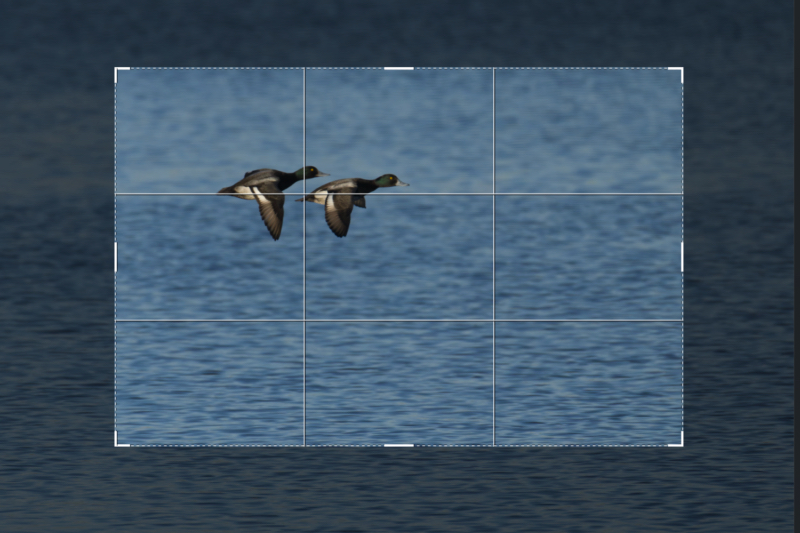
2. Leading Lines and Natural Frames in Wildlife Photography
Incorporating elements such as rivers, tree branches, or winding trails as leading lines can draw the viewer’s gaze toward your subject. Additionally, using natural frames, like an opening in the foliage or the arch of a tree, adds depth and context, making your photograph feel immersive and thoughtfully composed.
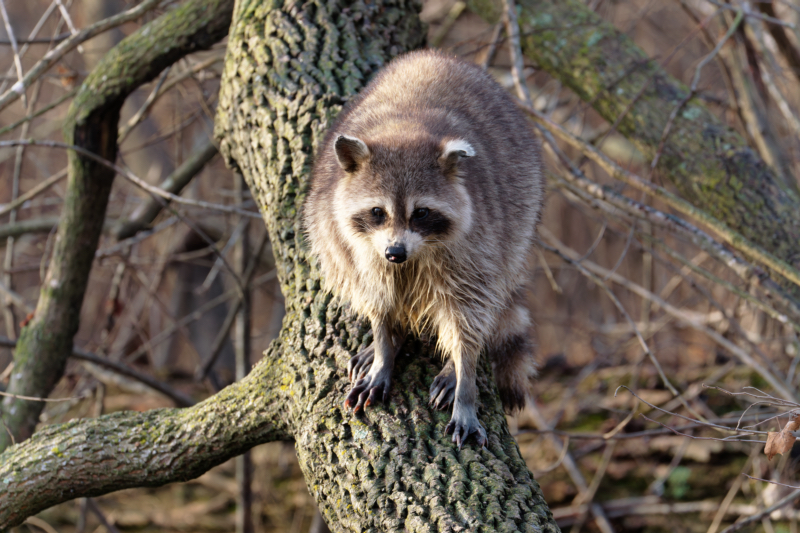
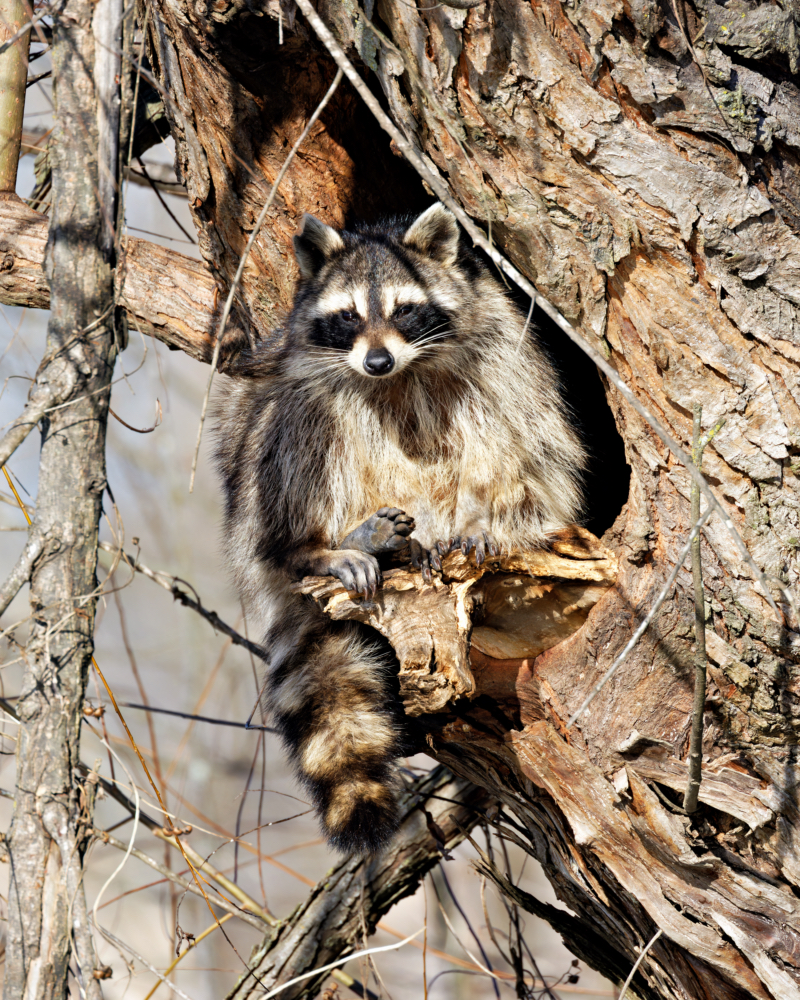
3. Perspective and Angles in Composition for Wildlife Photography
Altering your shooting angle can dramatically change the impact of your photo. A low perspective can make an animal appear more imposing or dominant, enhancing its presence in the frame. Shooting from above can create a sense of vulnerability or provide a broader contextual view of the environment. Different angles evoke different emotions, allowing you to shape the viewer’s connection to the subject. Experimenting with unique vantage points, such as peering through leaves or framing your subject through gaps in the landscape, can add a creative and intriguing element to your images.
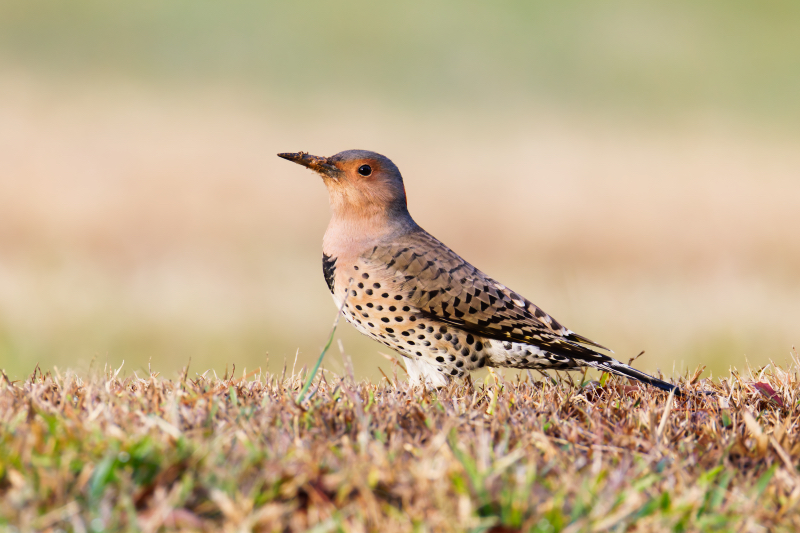
4. Harnessing the Power of Negative Space
Negative space isn’t merely empty background, it’s a purposeful compositional choice that enhances the subject’s prominence. Leaving open areas around your subject can convey solitude, vastness, or tranquility. By adjusting the amount of negative space, you can manipulate the overall mood and impact of your image.
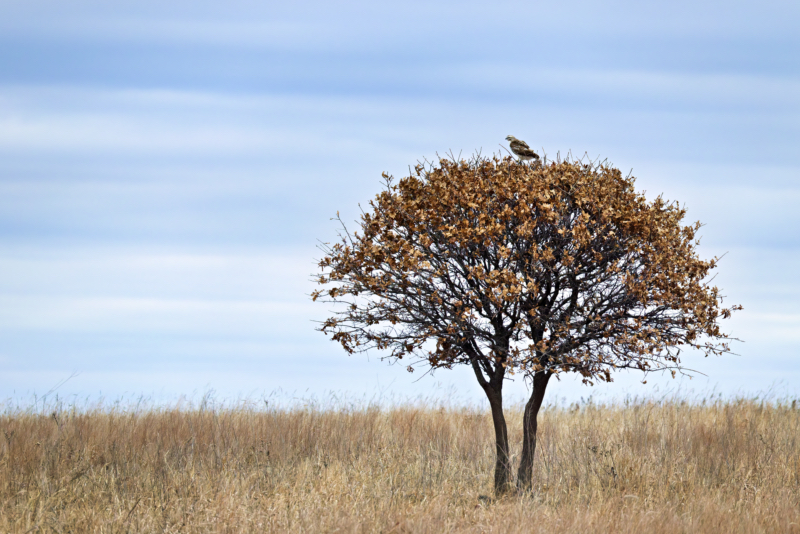
5. Achieving Balance in Wildlife Photography Composition
A well-balanced composition ensures that no part of the image feels disproportionately heavy or empty. If your subject dominates one side of the frame, consider including a secondary element, such as a tree or another animal, to maintain harmony. Balance doesn’t necessarily mean symmetry, it’s about distributing visual weight in a way that feels natural and engaging. For example, a lone predator on one side of the frame balanced by an expanse of open landscape on the other can create a sense of isolation or tension.
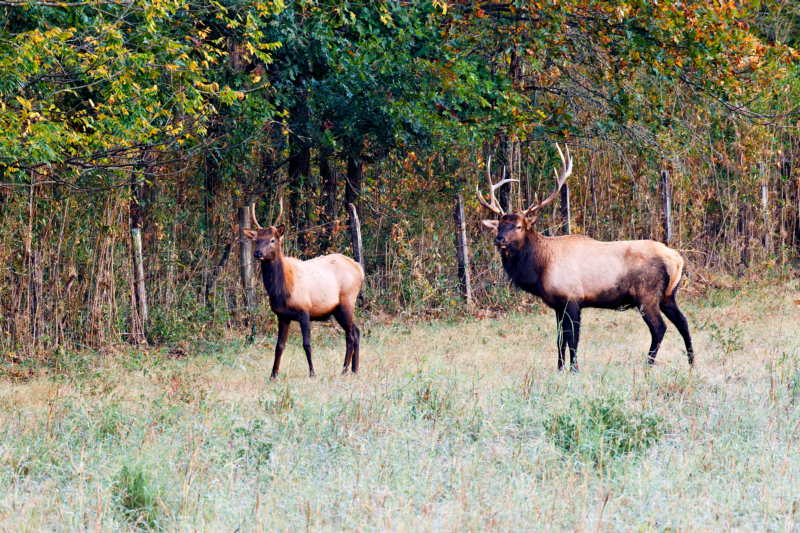
6. Using Composition in Wildlife Photography to Tell a Story
Composition is a powerful storytelling tool. Positioning your subject to suggest movement, such as leaving space in front of a running animal, creates anticipation and direction. Including elements of the animal’s surroundings or interactions with other species adds depth to the narrative, providing context and a richer story within the frame.
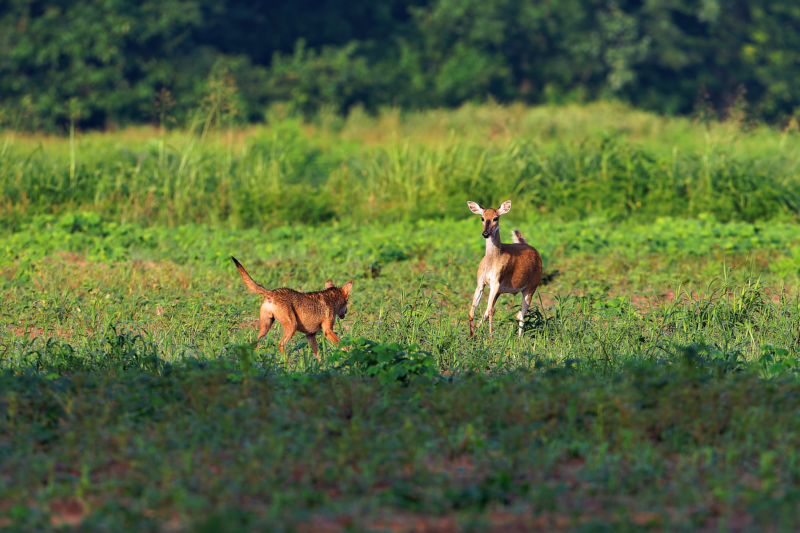
7. Breaking the Rules and Embracing Creativity
While these guidelines serve as a strong foundation, some of the most memorable wildlife photographs emerge from breaking conventions. Experiment with unconventional framing, extreme angles, and unexpected cropping. Challenge yourself to push creative boundaries and discover fresh perspectives that make your images stand out.
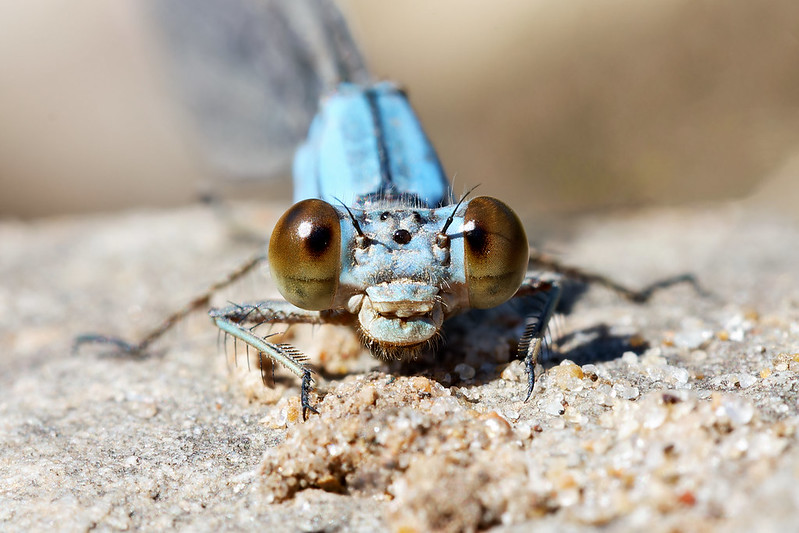
Final Thoughts
Composition is the invisible thread that ties a great photograph together. It distinguishes a technically proficient shot from one that resonates emotionally. By mastering these techniques and continuously exploring new creative approaches, you’ll not only enhance your wildlife photography but also refine your ability to tell compelling visual stories.
Stay tuned for tomorrow’s discussion, where we’ll explore the impact of lighting and how different times of day, weather conditions, and directional light can shape the mood and texture of your wildlife shots (Wildlife Photography Lighting: Master Natural Light).

Very interesting post. Thank you for sharing it.
The last image in the series is excellent.
Thank you!
great article
Thank you!